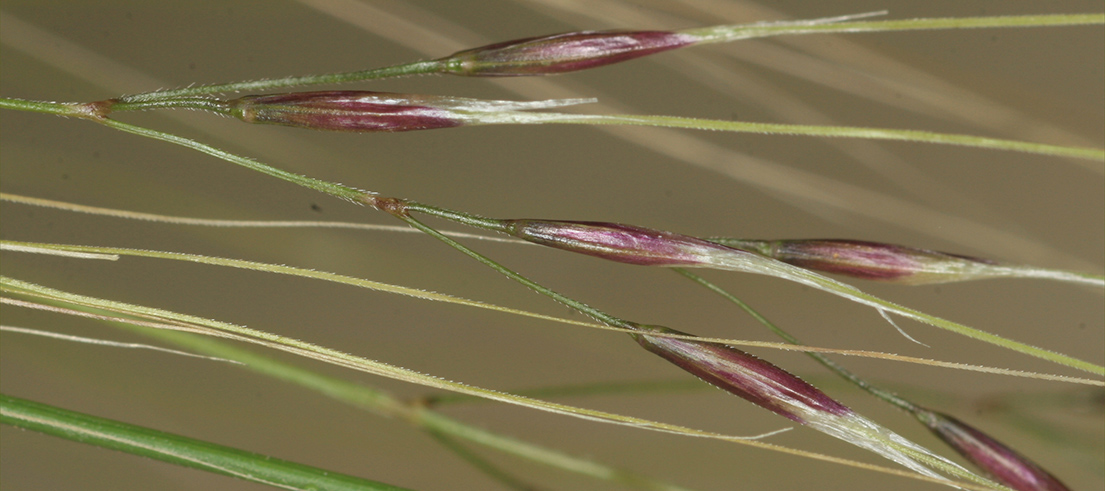The plant was found near Kākakaiau Robinsons Bay. Environment Canterbury biosecurity officers have controlled the site and checked for any spread to neighbouring land. Investigations are ongoing to determine how it got onto the property.
Chilean needle grass is notorious for its sharp, needle-like seeds that can injure animals and reduce wool and meat quality.
It can spread on machinery and stock, and once established can be difficult to control.
Said ECan senior biosecurity officer Noel Crump: "Chilean needle grass can be very difficult to identify when it’s not seeding and is often mistaken for other common weeds like ripgut brome.
"We encourage everyone to learn the key characteristics and let us know if you see something suspicious or are unsure."
- ECan is holding an information session from 10am-noon on Tuesday, December 9, at Duvauchelle Hall to help residents learn how to identify the plant and prevent its spread.
 Photo: Trevor James via ECan
What to look out for
Photo: Trevor James via ECan
What to look out for

- Chilean needle grass has bright green leaves, around 5mm wide, which are flat and rough to touch when stroked downwards towards the base.
- Flowerheads are large, drooping and purplish and occur in spring.
- Seed head is hard and hairy and has pointed and spear-like with a very sharp, penetrating base.
- Seeds occur in late spring to mid-summer.
- Seeds are dispersed by attachment to livestock and feral animals.
- Human-mediated dispersal through the movement of contaminated machinery, clothing and hay.
- Habitats include pastures, grasslands, roadsides, open areas, cliffs, lake and forest margins, and lawns.
- Properties with a known occurrence of Chilean needle grass are required to eliminate all Chilean needle grass plants within 5m of adjoining property boundaries and hold and operate a Chilean needle grass management plan. Land occupiers must either prevent Chilean needle grass from producing seeds or be party to a written management agreement. Any species declared a pest cannot be sold or be in a place where plants are being sold. Pest plants cannot be propagated, bred, multiplied, communicated, released, caused to be released, or otherwise spread.














